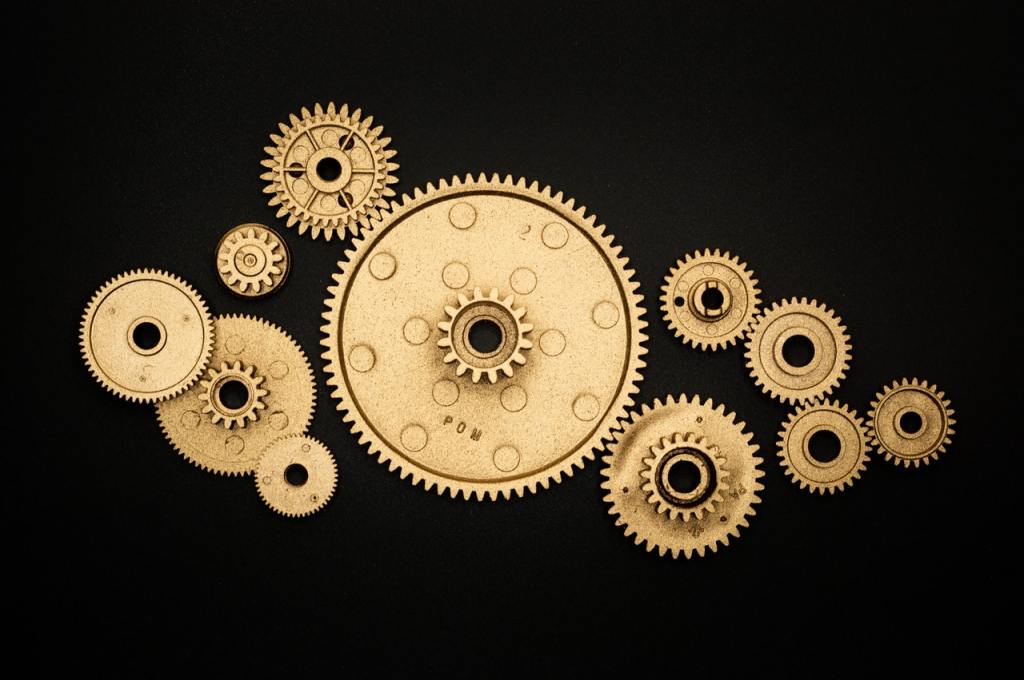How Do Mechanical Bearings Work?
A mechanical bearing is a device that uses rolling elements to reduce or prevent friction. The bearing provides a surface that is free of any type of contact and reduces the friction, which can cause damage to the machine. The sliding surfaces are separated by a lubricant-filled or oil-lubricated gap. The rolling elements are typically ball bearings, cylinders, or disks. The parts can be stationary or rotating.
What are the Different Types of Mechanical Bearings?
The most common types of bearings are:
1) Roller Bearings: Roller bearings allow rotational motion to be converted into linear motion. This conversion can take place either by a rolling element being pushed along the bearing surface or by a rolling element running in contact with two or more parallel surfaces.
2) Tapered Roller Bearings: Tapered roller bearings are a type of bearing that is composed of two rows of cylindrical rollers. These cylindrical rollers protrude from the inner and outer cage, and allow for the rotation between them. This is one of the most common types of bearings used on cars because it is able to withstand high speeds from an engine or transmission as well as heavy loads from a vehicle’s
3) Cylindrical Roller Bearings: Cylindrical roller bearings are used in a variety of industries for a number of purposes. They are found in everything from toy trains to heavy duty industrial equipment such as mining trucks and excavators.
4) Introduction to Spherical Roller Bearings: Spherical roller bearings are widely used in the automotive industry and other machine elements. They consist of a ball or roller, as well as a cone. The rolling element is guided by the race which in turn rotates on a shaft, axle or other rotating part.
5) Introduction to Thrust Ball Bearing: Thrust ball bearings are a type of bearing with a raceway on the inner and outer ring. The load is transmitted by rolling elements (balls) to the races. They are made up of metal cages formed by an outer ring that supports balls, and an inner race that support a metal cage, and they work to provide low friction and long life span.
The Difference between Ball Bearings and Roller Bearings
A ball bearing is a type of rolling bearing that consists of an outer ring with a spherical shape and usually contains a small dimple on its inner surface. The balls are free on their ends, so that they can move within the housing of the bearing; they cannot come out of their housing unless some external force is acting on the bearing. Ball bearings are widely used in many different industries, and are also commonly found in the automotive, aerospace, bicycle and aerospace engineering fields.
The difference between ball bearings and roller bearings is that the former is solid while the latter is hollow in the center. In addition, ball bearings have a spherical surface at the end of their race, while roller bearings have a cylindrical surface.
Conclusion to Mechanical Bearings
And there you have it, a simple understanding of the various types of mechanical bearings. If you want to find out more, check out SLS Mechanical Bearings

Leave a comment